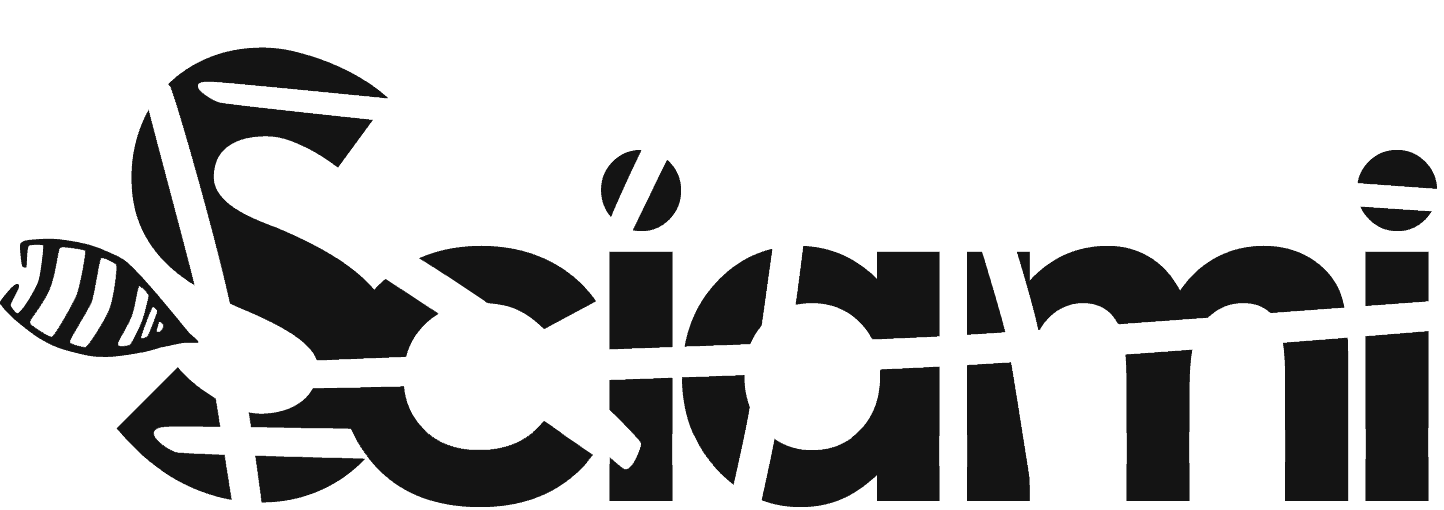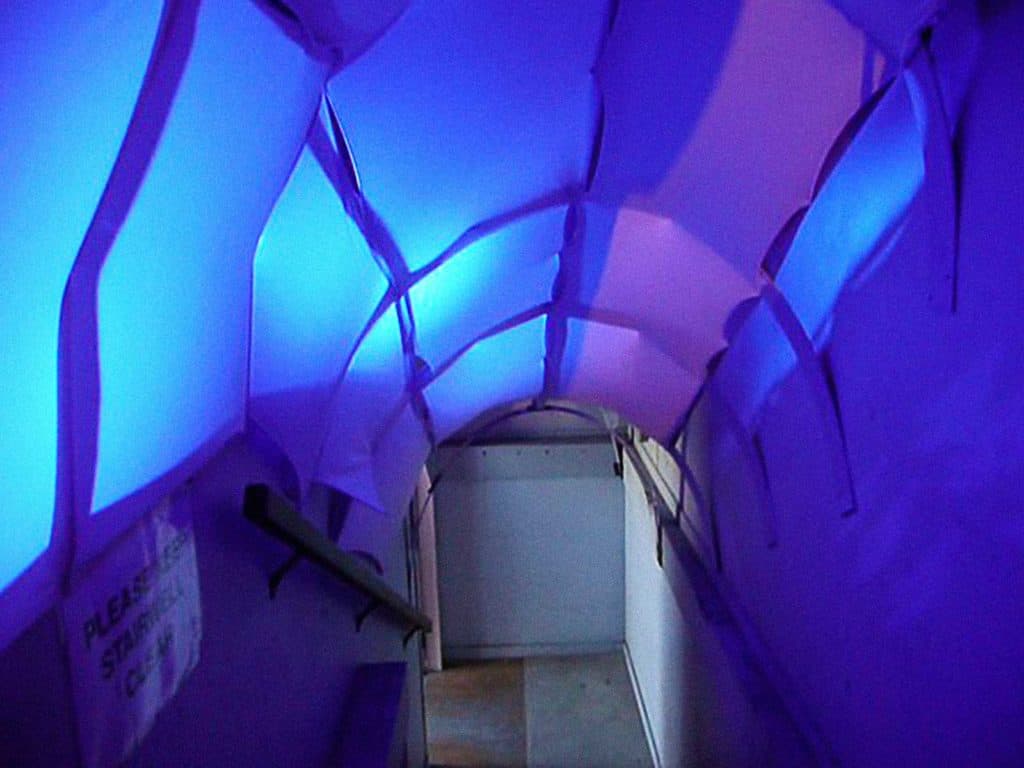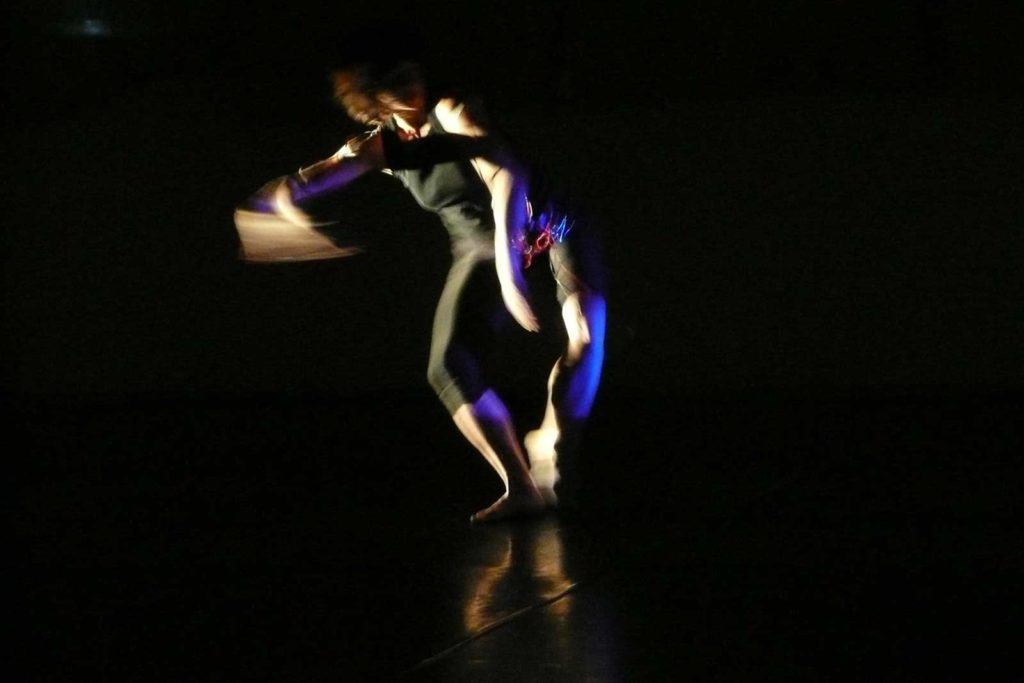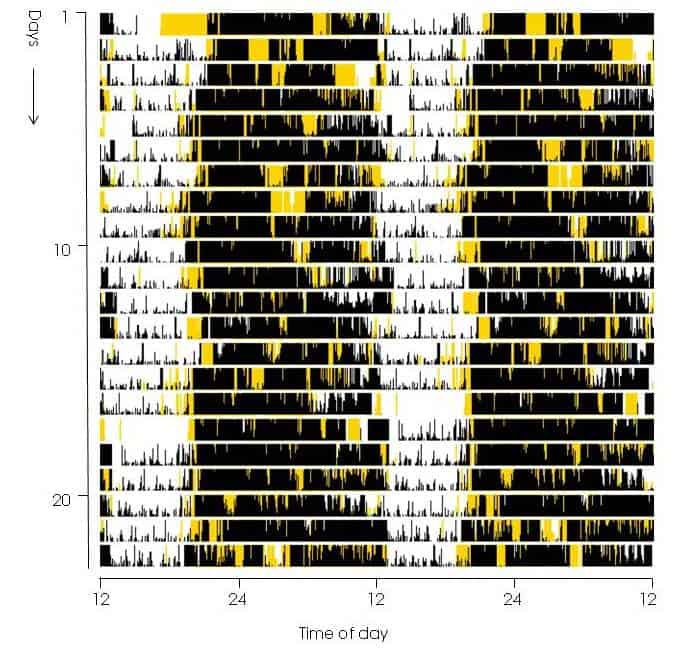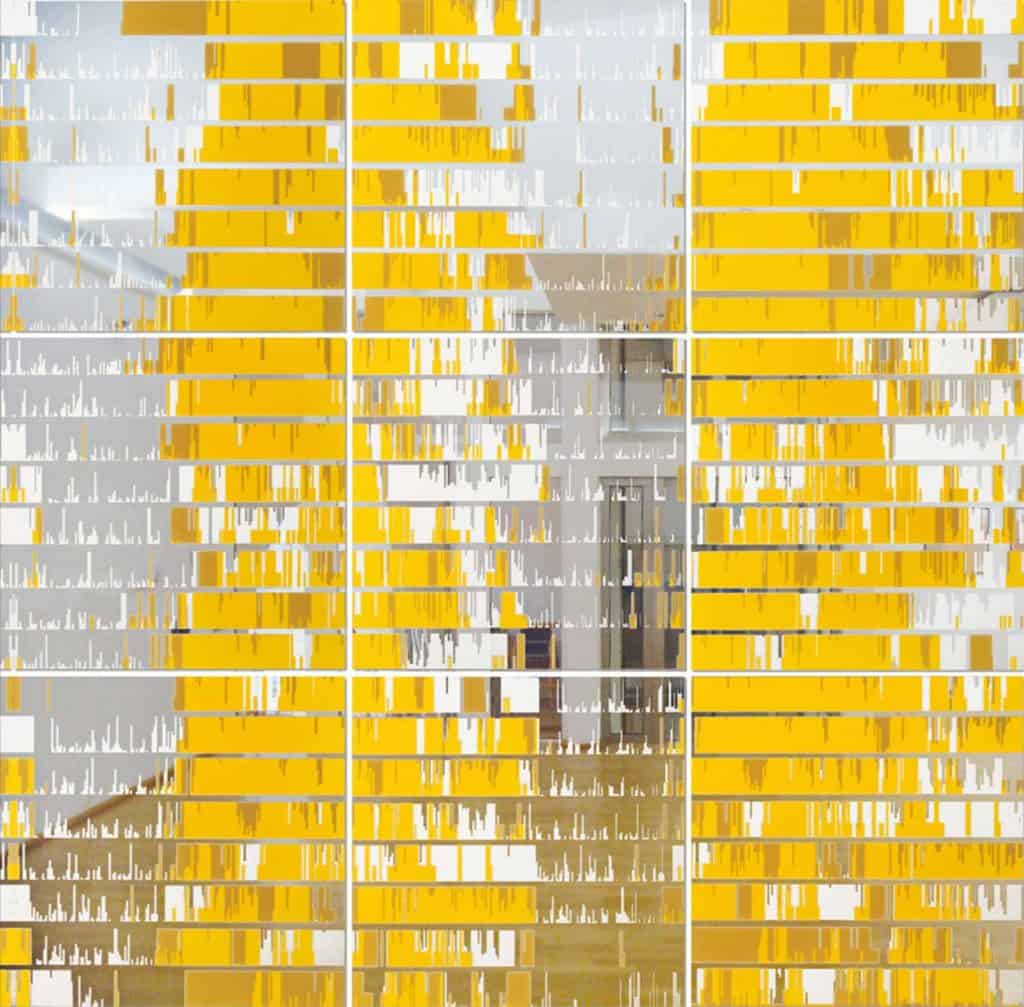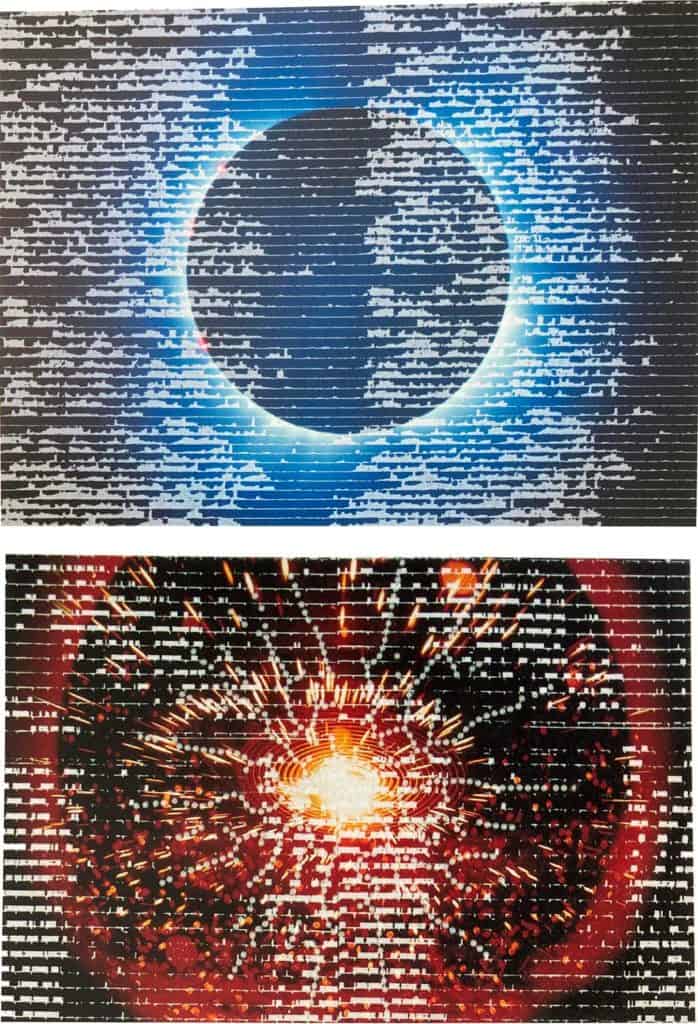This article is also accessible in Italian.
For most artists, designers, and architects, light is primarily aesthetic and/or functional for vision. A new biological aspect of light’s impact on humans is given by the science of daily (circadian), lunar and seasonal rhythms manifested in organisms living on this planet. During evolution, the predictable changes of light and dark and daylength have been internalised as biological clocks that prepare for the optimal timing of behaviour. These biological clocks need sufficient light each morning to synchronise to the day-night cycle. I have studied for many years the effect of light on human physiology and behaviour, the treatment of winter depression and other psychiatric and neurological disorders with light therapy, and collaborated with architects to improve (day)light in nursing homes, hospitals, schools and offices. Conversations with artists have led to unexpected and thought-provoking installations and performances, that illuminate the science and stimulate our imagination.
In this essay for an audience involved in theatrical light and mood atmospheres, I will introduce the biology of how light affects mood to help understand why light is not only aesthetic, functional, and emotional, but also deeply modulates every aspect of our physiology and behaviour. The “biology lesson” will be complemented by examples of collaborations with artists and designers who have experimented with and transformed these concepts into their own particular vision, thereby illuminating the science and making it accessible in a different way.
But the not-so-theoretical question arises here, rather bluntly: are artists really interested in science? Are they not rather seduced and inspired by the visual aspects, thus using science as a quarry for ideas? Digging deeper into scientific concepts and data requires effort and discipline1. We are not talking about appreciating the coloured swirls of fractals or the infinite permutations of snowflake patterns, and incorporating these images into a given work. The science exists beyond the raw beauty and yields layers of surprising and practical insights. Fractals are visual mathematics, producing a ragged geometric shape whose parts are a diminished copy of the whole (see Romanesco broccoli for a perfect example)2. The hexagonal symmetry of a snowflake reflects the internal order of water molecules as they arrange themselves during crystallisation. Snowflakes help understand structure formation and self-assembly. So what does the artist seek when engaging with such a scientific topic? To be in touch with nature, to interpret a piece of knowledge with one’s own subjectivity? And what does a scientist seek in art? The artist’s work brings the research greater visibility, and an outsider perspective reinvigorates the scientist’s curiosity. Creative sparks can fly when artists and scientists interact.
Dire luce
A biologist perceives and considers light in a very existential and evolutionary manner. The living organisms inhabiting our planet emerged out of molecules that captured the sun’s energy and transformed it into cells, leaves, flowers, organs, complex structures. To survive, organisms need to optimise food gathering, avoid predators, and reproduce under favourable conditions – specifically, to be prepared for the right behaviour at the right time of day or night or season3. It is not surprising that, early in evolution, the most primitive bacteria created the first simple chemical feedback loop that provided the cell with ‘internal time’. From unicells to plants to insects to vertebrates to mammals, 24-hour biological clocks have developed, which manifest an individually precise but not exactly 24-hour rhythm (“circadian” = about a day) in nearly every behaviour or function (3). These clocks drift out of phase with real time if left in constant conditions without signals from the external world. Their most important synchronising agent or “zeitgeber” (time-giver) is light4.
Light enters the eye
We think of the eye primarily as the gateway to vision. Indeed, light is transmitted through the classic photoreceptors in the retina, rods and cones, to differentiate colour, images, patterns and movement. Light however has a host of non-visual functions as well, transmitted via a recently discovered class of photoreceptors called the intrinsically photosensitive retinal ganglion cells (ipRGCs) containing a photopigment, melanopsin, specifically responsive to blue wavelengths5. We now know that blue light stimulates alertness and delays sleep in the evening through these mechanisms6.
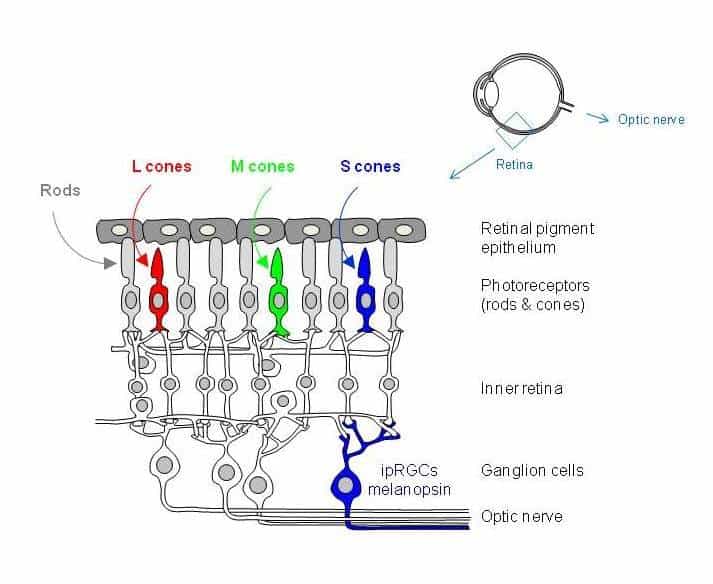
What does an artist do with this information? Here Switzerland’s most innovative textile designer, Martin Leuthold, wove two scientific images – the photoreceptors of the retina (rods, cones, and ganglion cells) and the molecular structure of the visual pigment rhodopsin (the coloured spirals) together with images from the natural world – flowers, a caterpillar, butterflies, to create foulards of great originality
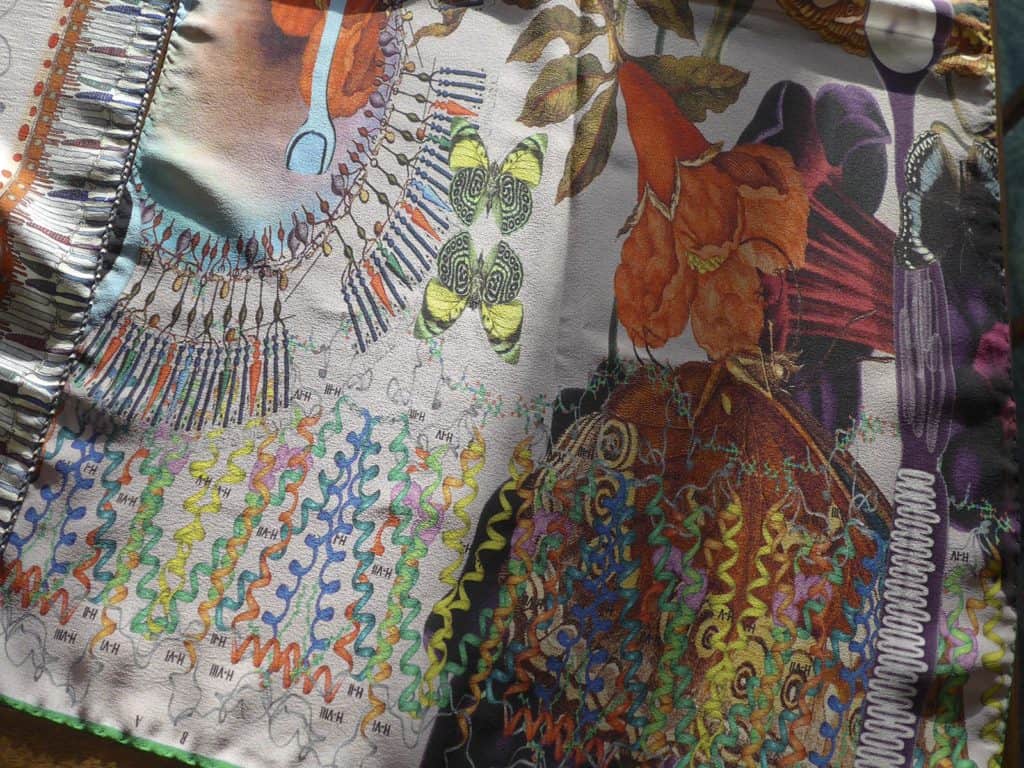
Right: Standing Waves. A dancer in the light, Ibid, 2010. C. Brown perfomer, A. Niemetz media artist. Photo Anna Wirz-Justice.
These blue-tinted images represent two of the many installations and performances that developed out of a week’s workshop with sleep scientists and artists at the Sleep-Wake Centre of Massey University in New Zealand7. The Waking Tunnel created a bright blue alerting atmosphere over the stairs leading up to the exhibition; the dancer wore a sensor suit which detected different wavelengths of light, and movement was converted into sound of different wavelengths.
Light enters the brain
Light is transmitted from the different photoreceptors in the retina to the brain, to create vision but also non-visual responses, particularly that of the circadian clock. This clock is situated in a small area of the brain near the optic nerve, called the suprachiasmatic nuclei (SCN). Its neuronal firing rates over the 24 hours act as a master pacemaker controlling all rhythms in the body8. These data (and others related to chronobiology and sleep science) have been surprisingly transformed into haute couture, The Eri Matsui Spring-Summer Fashion Collection 2012, that was presented at the World Sleep Conference in Kyoto in 2011.
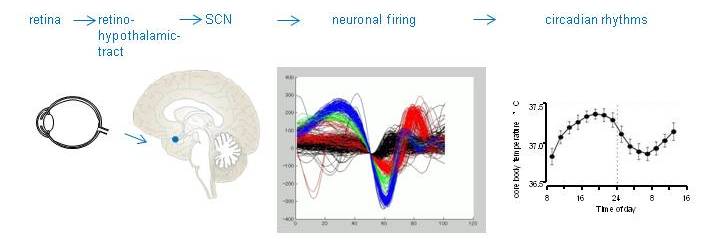
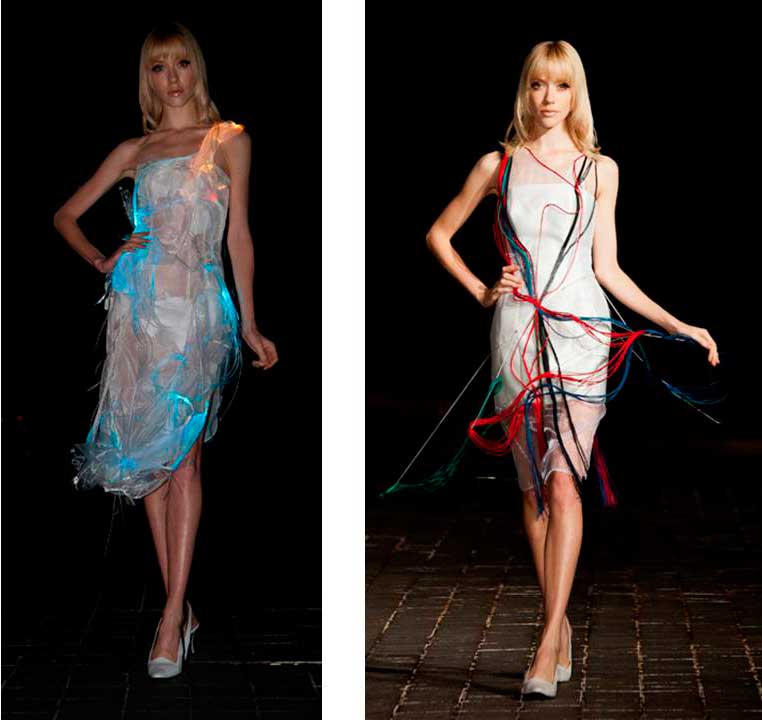
The Eri Matsui Spring-Summer Fashion Collection 2012. A dialogue and collaboration with sleep science and chronobiology. Left: Blue light is important to synchronise circadian rhythms. Right: SCN neuronal firing patterns.
The importance of light for humans
This discovery of the blue-sensitive photoreceptors has had enormous consequences not only for understanding the brain but also for medicine, the lighting industry, and even architecture and urbanism9. Light is a zeitgeber for the biological clock, stabilises sleep, has a direct effect on mood and alertness, cognition and performance, and links our daily behaviour and emotions to the natural day-night cycle and the changing seasons. Before the invention of electric lighting, humans were primarily exposed to intense outdoor daylight and dim indoor light at night. Remember that light signals in nature are dynamic, spanning a huge range of illuminance from 0.0001 lux of starlight to 100’000 lux at midday when the sun shines. Of course daylight duration, spectra and intensity are dependent on season, latitude, and local weather. Now we spend much of our day exposed to intermediate, constant light intensities that last long into the evening. Too little bright light during the day, too much light at night. Particularly the blue-wavelengths common to computer, tablet, and phone screens is not conducive to a good night’s sleep10. So we should aim to receive enough outdoor light every morning, which is rare in today’s indoor life style, and avoid too much light at night, which is unfortunately not the case for most people11. We are only slowly recognising that there may be health consequences of irregular, inadequate, and poorly timed light-dark cycles12.
In chronobiology research we have used for decades small wrist-worn activity monitors that also record the amount of light received (today’s high-tech Fitbits), to understand sleep-wake and light-dark cycles in health and illness. These records can cover weeks and months and provide non-invasive data helpful for diagnosis. The artist Andreas Horlitz has used such activity and light monitor data for a series of light boxes and composite prints.
One can see how fascinated he was by the symbolic of human sleep-wake cycles combined with light, in the two prints using images of the sun and in the column lit up by fluorescent lightsOne can see how fascinated he was by the symbolic of human sleep-wake cycles combined with light, in the two prints using images of the sun and in the column lit up by fluorescent lights.
Very early in this research, bright light was tested as an antidepressant for winter depression or Seasonal Affective Disorder (SAD). All over the world, particularly in northern latitudes, clinical trials have provided strong evidence for the efficacy of light in SAD13, and also in non-seasonal depression14, geriatric depression15, and bipolar illness16. Carefully timed light therapy is an important tool in sleep medicine to resynchronise sleep to regular night times17. Light may slow down cognitive decline in Alzheimer’s dementia18 and improve some symptoms of Parkinson’s disease19. The potential clinical applications of light are vast, and still being explored.
The classic treatment is with a straightforward light box, designer lighting is rare. However, the lighting industry immediately recognised the importance of these non-visual effects of light, and developed dynamic lighting systems with changing spectra and intensity across the day to simulate naturalistic conditions (what they call “human-centric lighting”). The non-visual effects of light have been gradually incorporated into artificial lighting guidelines and standards, which until now were focused exclusively on visual comfort.
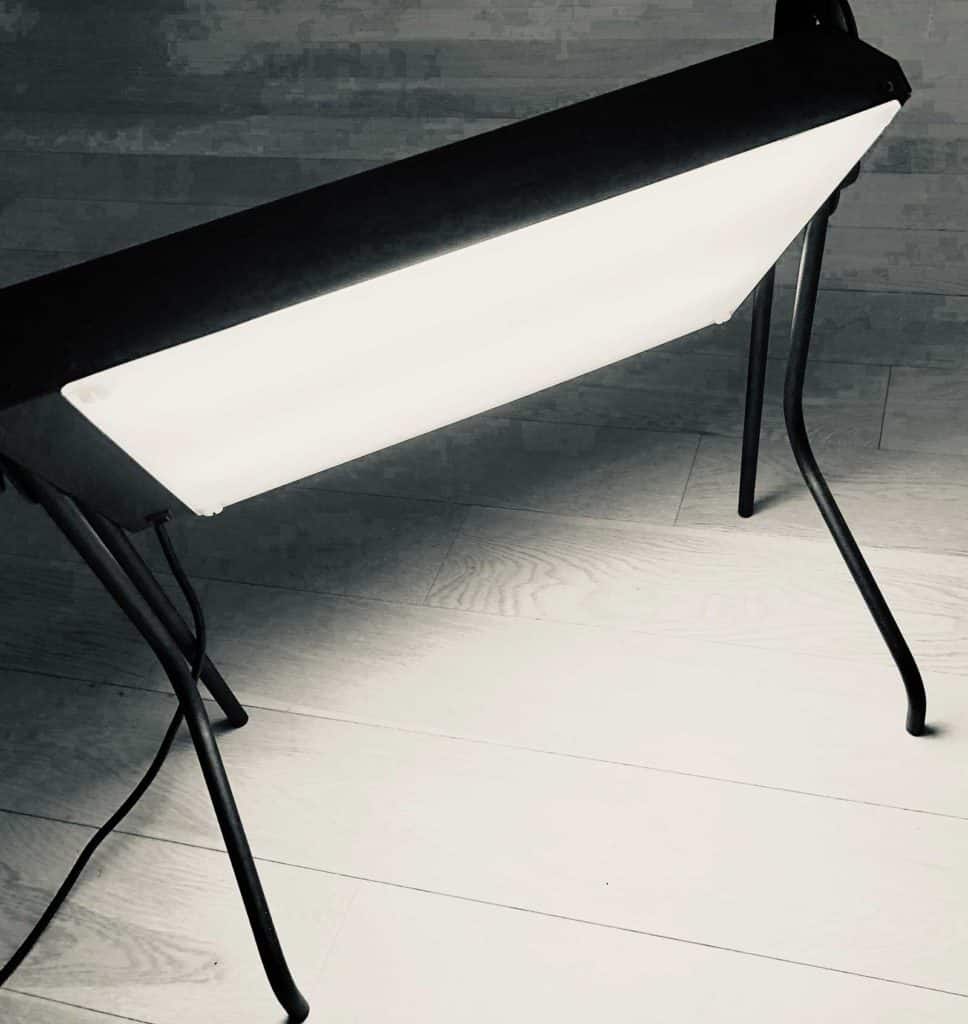
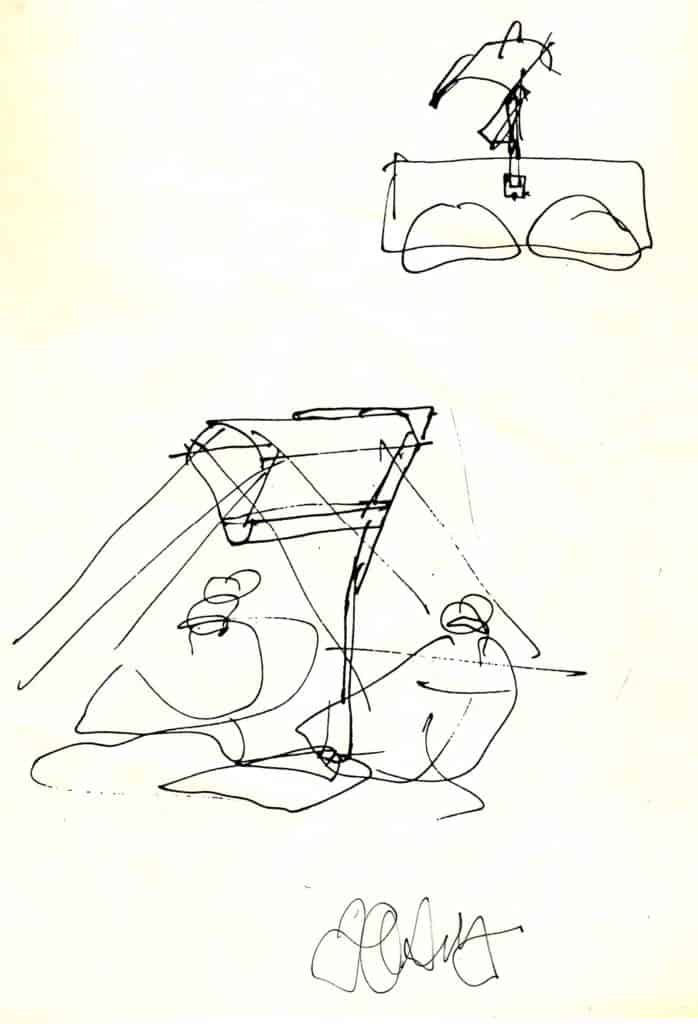
The interplay between light and sleep, alertness and mood is established and yet can still be quite experimental for an artist.
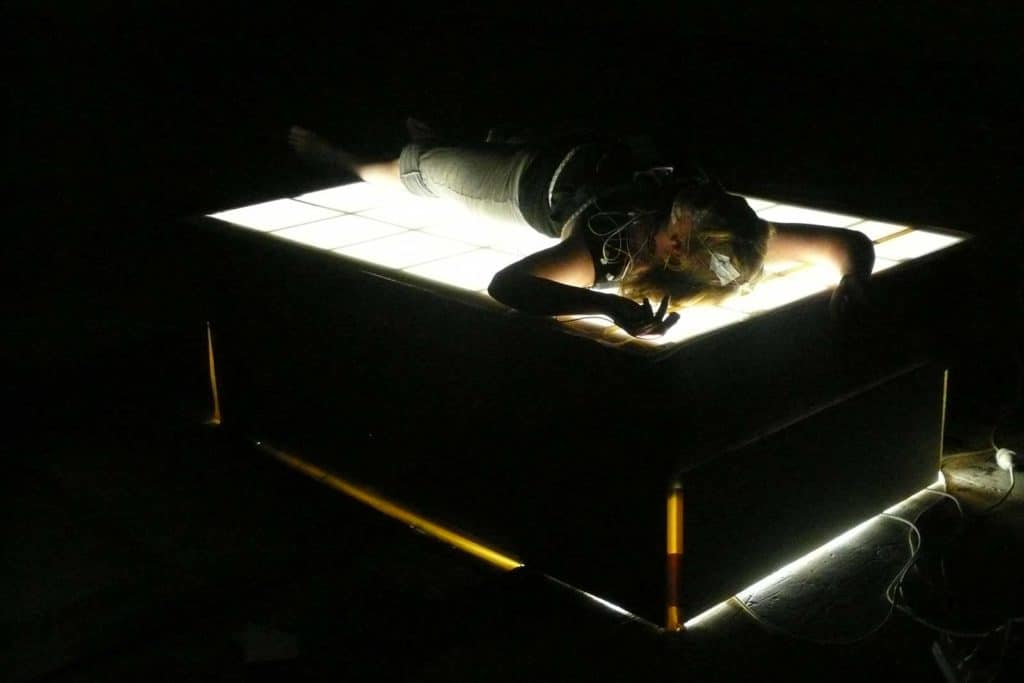
Light and architecture
Architects are also considering how buildings and urban spaces can become more (day)light-oriented20. As Le Corbusier said, «Architecture is the masterly, correct and magnificent play of volumes brought together in light»21. In terms of a more conceptual, artistic approach, with scientific background, Philippe Rahm and Gilles Decosterd created a light room in the Swiss Pavillion of the Architecture Biennale in Venice22. The space was totally empty, just pure white light of 10’000 lux, with oxygen concentrations reduced from 21% to 14.5%, the situation one might experience on a snowy Swiss mountain peak. The intense physiological impact could be felt after only a few minutes immersion.
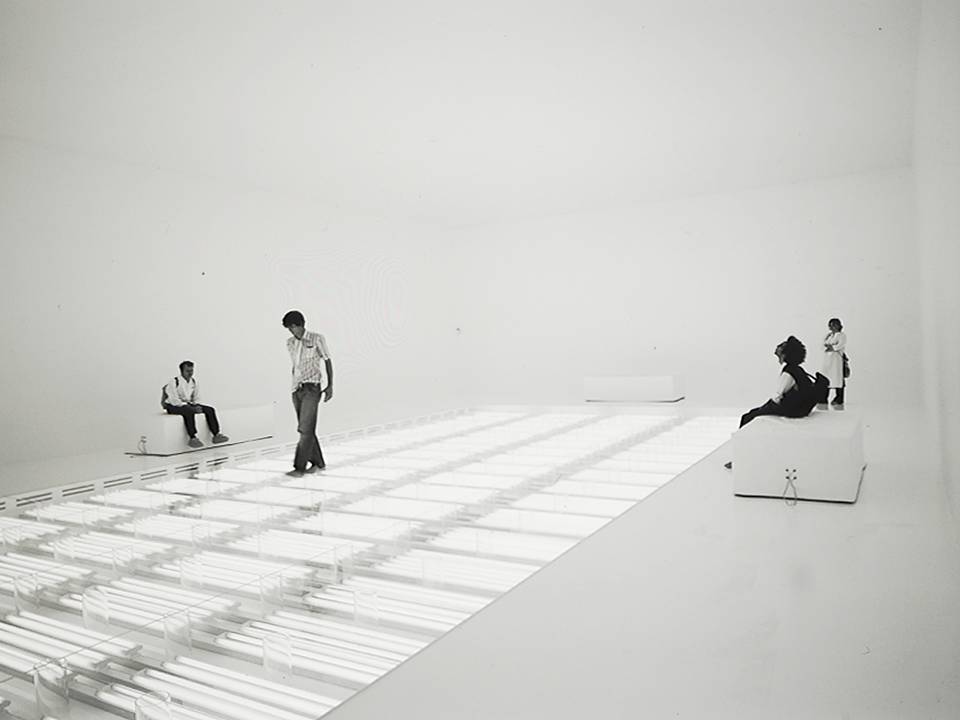
We assume that daylight is better than artificial light, since it is the signal that defined evolution of life on earth. But we still don’t know all the crucial characteristics of daylight that are different from the most sophisticated new lighting systems and which ones are specifically relevant for health23.
We rarely experience indoors the passage of the sun moving across the sky and the change in daylight duration with the seasons. Colin Fournier, co-architect of the Graz Kunsthaus, explores the structure of a “sundial” circadian house, where daylight enters nozzles designed to light up each area of activity taking place at a given time of day.
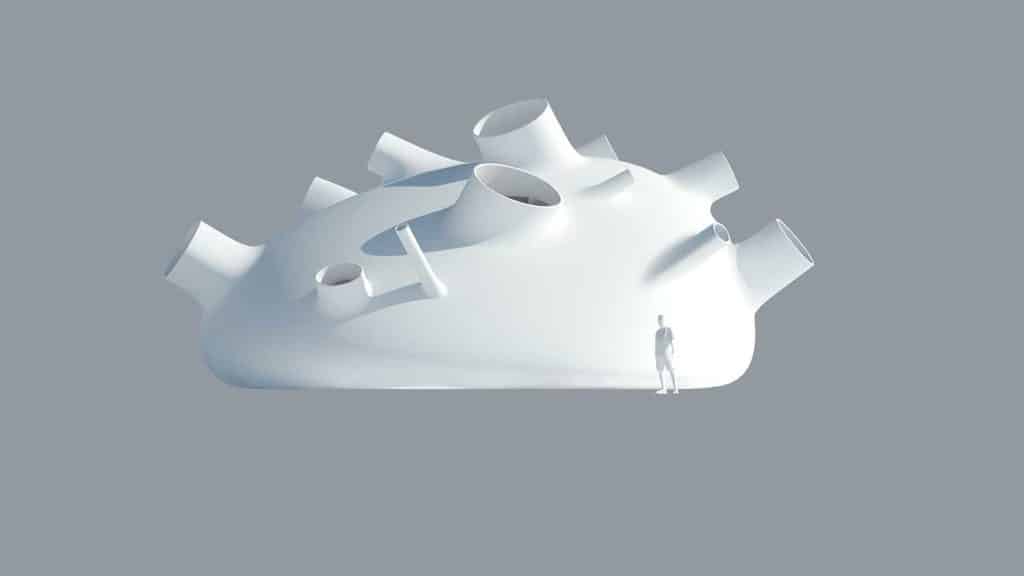
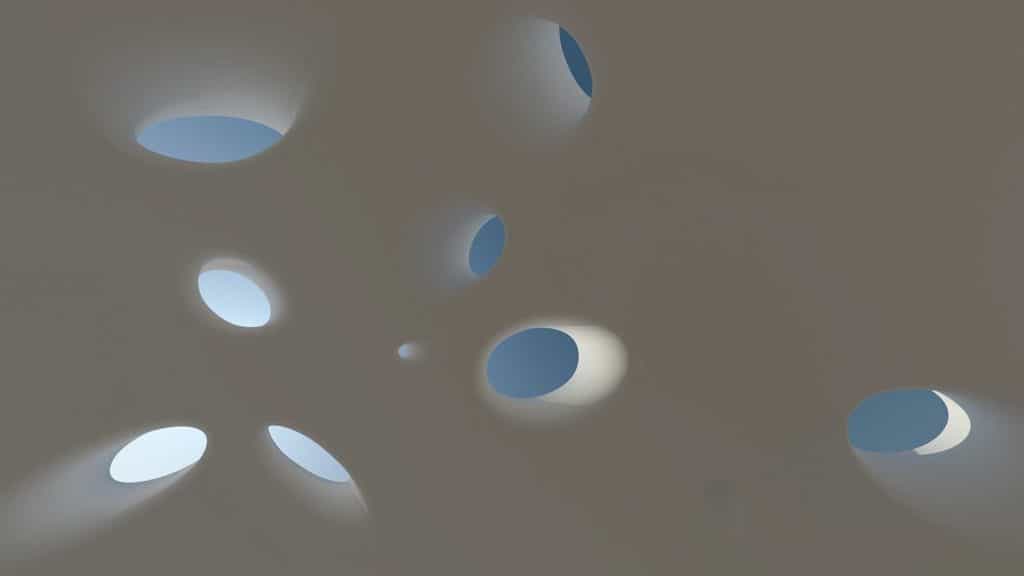
Where there is light, there is also shadow, darkness, night. It is the contrast that is important in theatrical lighting and the same is true for the geophysical rhythm of day and night. The key biological signal is not the brightness of full daylight but the transitions of the twilight zone, dawn and dusk. Darkness itself can be therapeutic, for example in some sleep disorders and in clinical mania. Siegrun Appelt is an artist whose light interventions always have to do with darkness as well24.
There are so many potential ramifications of this new knowledge – not just a functional transfer to buildings or medical treatments, but also questioning our definition of aesthetics and our understanding of human, animal and plant well-being. Importantly, there are implications for developing a new “chrono-ecology” to live again in harmony with the natural environment.
Further information on light therapy at www.cet.org and uses of daylight www.daylight.academy
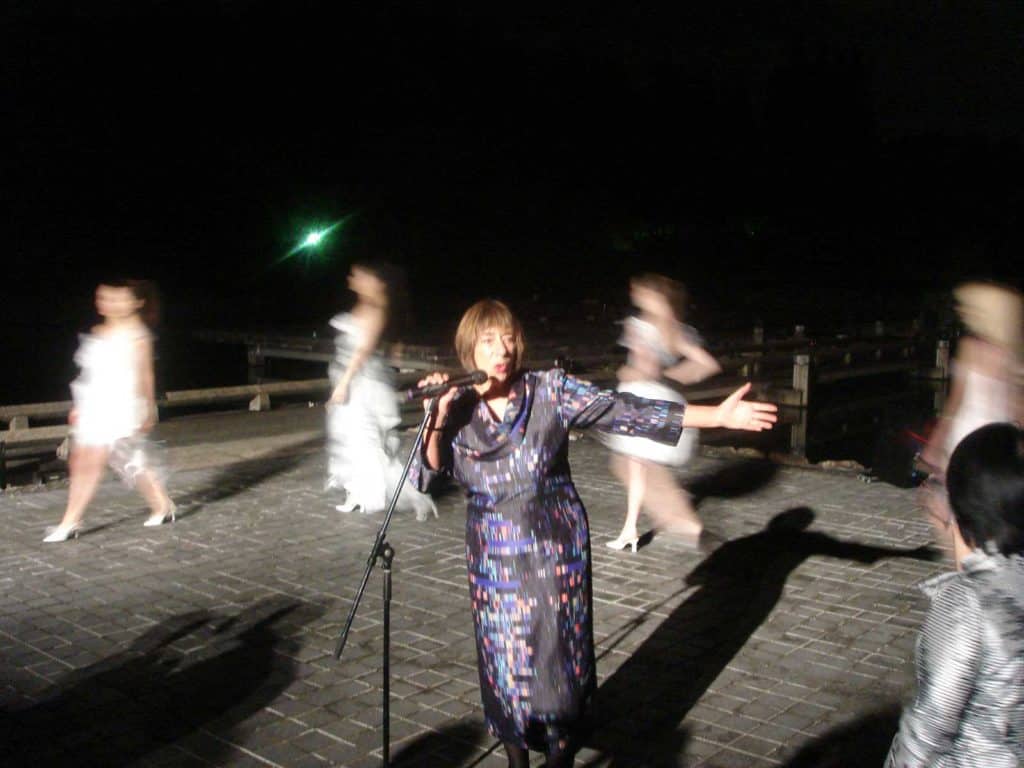
- Craig Stevens, Gabby O’Connor, Natalie Robinson, The connections between art and science in Antarctica: activating Science*Art, in «Polar Record», 55, 2019, pp. 289-296. ↩
- Benoit B. Mandelbrot, The Fractal Geometry of Nature, Times Books, New York, 1982. ↩
- Roberto Refinetti, Integration of biological clocks and rhythms, in «Comprehensive Physiology», 2, 2012, pp. 1213-1239. ↩
- Till Roenneberg, Thomas Kantermann, Myriam Juda, Céline Vetter, Karla V. Allebrandt, Light and the human circadian clock, in «Handbook of Experimental Pharmacology», 217, 2013, pp. 311-331. ↩
- Ludovic S. Mure, Frans Vinberg, Anne Hanneken, Satchidananda Panda, Functional diversity of human intrinsically photosensitive retinal ganglion cells, in «Science», 366, 2019, pp. 1251-1255. ↩
- Christian Cajochen, Myriam Münch, Szymon Kobialka, Kurt Kräuchi, Roland Steiner, Peter Oelhafen, Selim Orgül, Anna Wirz-Justice, High sensitivity of human melatonin, alertness, thermoregulation, and heart rate to short wavelength light, in «Journal of Clinical Endocrinology and Metabolism», 90, 2005, pp. 1311-1316. ↩
- Jean S. Fleming, Rosemary Gibson, Brent Harris, Sally Morgan, Anne Noble, Karyn O’Keeffe, Anna Wirz-Justice, Sam Trubridge, Philippa Gander, The “Waking Incubator”: exploring the interface between the performing arts and the science of sleep, in «The International Journal of Science in Society», 2, 3, 2011, pp. 291-308. ↩
- Sato Honma, Development of the mammalian circadian clock, in «European Journal of Neuroscience», 51, 2020, pp.182-193. ↩
- Anna Wirz-Justice, Colin Fournier, Light, health and wellbeing: implications from chronobiology for architectural design, in «World Health Design», January, 2010, pp. 44-49. ↩
- Christian Cajochen, Myriam Münch, Szymon Kobialka, Kurt Kräuchi, Roland Steiner, Peter Oelhafen, Selim Orgül, Anna Wirz-Justice, High sensitivity of human melatonin, alertness, thermoregulation, and heart rate to short wavelength light, cit. ↩
- Kristen J. Navara, Randy J. Nelson, The dark side of light at night: physiological, epidemiological, and ecological consequences, in «Journal of Pineal Research», 43 (3),2007, pp. 215-224. ↩
- Raymond van Ee, Sander Van de Cruys, Luc J M Schlangen, Björn N S Vlaskamp, Circadian-Time Sickness: Time-of-Day Cue-Conflicts Directly Affect Health, in «Trends in Neuroscience», 39 (11), 2016, pp.738-749. ↩
- Edda Pjrek, Michaela-Elena Friedrich, Luca Cambioli, Markus Dold, Fiona Jäger, Arkadiusz Komorowski, Rupert Lanzenberger, Siegfried Kasper, Dietmar Winkler, The efficacy of light therapy in the treatment of Seasonal Affective Disorder: a meta-analysis of randomized controlled trials, in «Psychotherapy and Psychosomatics», 89, 2020, pp. 17-24. ↩
- Pierre A. Geoffroy, Carmen M. Schroder, Eve Reynaud, Patrice Bourgin, Efficacy of light therapy versus antidepressant drugs, and of the combination versus monotherapy, in major depressive episodes: A systematic review and meta-analysis, in «Sleep Medicine Reviews», 48, 2019, 101213. ↩
- Xue Zhao, Jing Ma, Shiyou Wu, Iris Chi, Zhenggang Bai, Light therapy for older patients with non-seasonal depression: A systematic review and meta-analysis, in «Journal of Affective Disorders», 232, 2018, pp. 291–299. ↩
- Sara Dallaspezia, Francesco Benedetti, Antidepressant light therapy for bipolar patients: a meta-analysis, in «Journal of Affective Disorders», 274, 2020, pp. 943-948. ↩
- Annette van Maanen, Anne Marie Meijer, Kristian B. van der Heijden, Frans J. Oort, The effects of light therapy on sleep problems: a systematic review and meta-analysis, in «Sleep Medicine Reviews», 29, 2016, pp. 52-62. ↩
- Rixt F. Riemersma-van der Lek, Dick F. Swaab, Jos Twisk, Elly M. Hol, Witte J.G. Hoogendijk, Eus J. Van Someren, Effect of bright light and melatonin on cognitive and noncognitive function in elderly residents of group care facilities: a randomized controlled trial, in «JAMA», 299, 2008, pp. 2642-2655. ↩
- Aleksandar Videnovic, Elizabeth B. Klerman, Wei Wang, Angelica Marconi, Teresa Kuhta, Phyllis C. Zee, Timed light therapy for sleep and daytime sleepiness associated with Parkinson Disease: a randomized clinical trial, in «JAMA Neurology», 74,2017, pp. 411-418. ↩
- Anna Wirz-Justice, Colin Fournier, Light, health and wellbeing: implications from chronobiology for architectural design, in «World Health Design», cit. ↩
- Le Corbusier, Vers une architecture, G. Cres, Paris 1923. ↩
- Anna Wirz-Justice, The Physiology of Time,in Décosterd & Rahm, Architects,Physiological Architecture (Catalogue, Swiss Pavillion, Venice Biennale of Architecture), Birkhäuser Verlag, Basel 2002, pp. 147-152. ↩
- Anna Wirz-Justice, Debra J. Skene, Mirjam Münch, The relevance of daylight for humans, in «Biochemical Pharmacology», Oct. 28, 2020, 114304. ↩
- Cfr. Siegrun Appelt, “Slow Light” projects www.siegrunappelt.com. ↩
